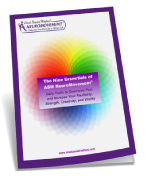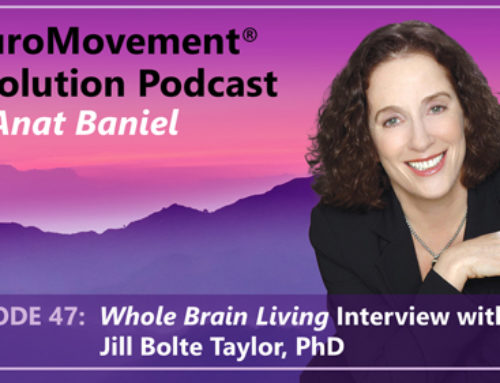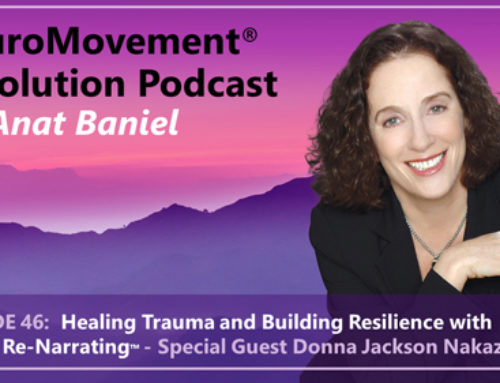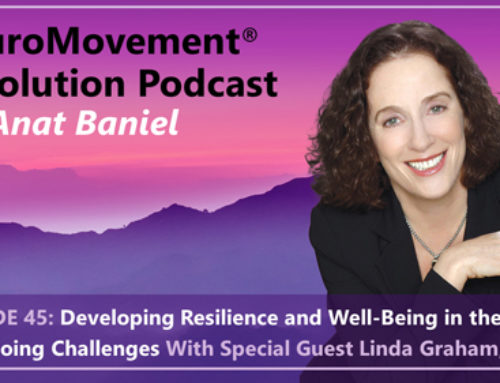The Fitness Myths That Hold You Back, and How to Succeed: Myth 5
The Practice Makes Perfect Myth
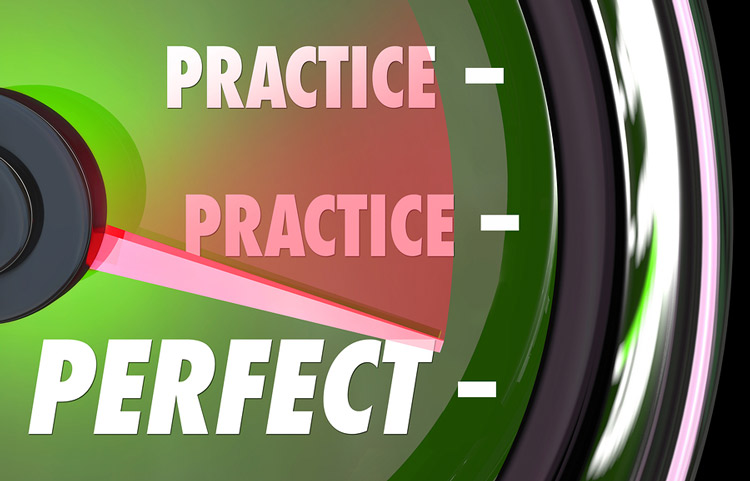
This is the last post in our series on fitness myths. This week, we’ll discuss the “Practice Makes Perfect” myth. You’ve probably heard this saying before, or perhaps simply “practice, practice, practice…”
If you want to get more skilled at playing the piano, playing tennis or baseball, or getting more flexible and skillful in yoga, the belief is that the more hours of practice you put in, the better you will become.
Fitness Myth 5: The Practice Makes Perfect Myth
There is no question that in order to become skillful at any sport or fitness activity, you need to participate in and practice the activity. But if that is all that is required—practice, practice, practice—how come not everyone that practices a lot excels at what they do?
In fact, how come most people, even those who practice a lot, do not reach the level that only few who excel reach, such as top athletes, top musicians, and other top performers?
You may be thinking that some people are more “talented” than others. But in my experience working with thousands of high performers, “talent” has a lot less to do with it than the conditions we give ourselves so that our brains get the information needed to reach ever more refined and skillful levels of performance.
Many years ago, I had the good fortune to work at the Tanglewood Music Festival with both mature, world-renowned musicians and younger, already accomplished musicians. I was brought in to help prevent the anticipated typical repetitive stress performance-related injuries these musicians experienced every summer.
The program was very successful. It reduced what was described by the musical director of the program at the time, the famed pianist Leon Fleisher, “from a small army of injured musicians every summer, now we have only a handful of injuries.”
One of the elements of the successes was following my suggestion that these young musicians practice fewer hours a day and spend the freed-up time providing opportunities for their brains to get new information with which to help them continuously change and improve the way in which they played.
When their brain improved the quality of organization—the way in which their body moved in relation to the instrument while playing—not only did it prevent injury and pain, but the quality of their performance improved.
How come this approach worked?
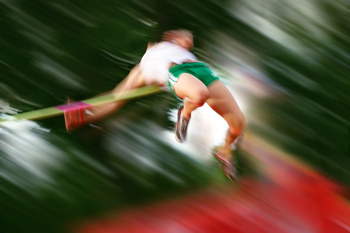
When we do something over and over again the same way (practice, practice, practice), the brain quickly grooves in very deep connections and patterns, turning what we do into strong habits. These habits will limit our ability to continue improving to higher and higher levels of mastery. That is why so many of us find ourselves being intermediate-level skiers, intermediate-level pianists, and intermediate-level yoga practitioners.
Make Time for Your Brain to Get New Information
What we really want to do is to alternate practice with times when we stop our automatic practice, back off from trying to reach specific goals, and instead make sure that our brain is getting new information with which it can change itself and upgrade the level of our performance. This flow of new information wakes up the brain to continue differentiating, refining, and improving our performance.
The question is how can we do this?
In our previous articles, we introduced five of the Nine Essentials that will wake up your brain and improve performance: Movement with Attention, Slow, Subtlety, Variation, and Flexible Goals. Today, we’d like to introduce you to the Awareness Essential.
The Awareness Essential
To be able to recognize when you are ready to move onto the next level of mastery, it is important to learn how to use the Awareness Essential. Think of awareness not as a state of mind or as a “thing,” but as something that you do—an action, a skill that you develop.
Awareness means the ability to observe yourself and know what it is that you are observing. It is the highest-level, most evolved capacity of the human brain. It elevates the functioning of your brain.
Observe yourself as you practice and when you notice that you have reached a plateau, stop repeating yourself. At this point, I suggest that you back off from forceful, repetitious practice. Instead, pay close attention and become aware of what parts of your body are moving, how you are moving, what you feel, what feels comfortable, and what feels difficult as you slow down, introduce variations to what you do, and reduce the force with which you move.
Employing awareness intentionally, combined with the other Essentials, will facilitate quantum leaps in your performance. Become aware of these.
Allow yourself to be playful and experiment, and give yourself the freedom to have a beginner’s mind. You will find that you will very quickly get better at what you do, have fewer injuries, and experience greater pleasure.
When you have discovered more skillful ways of performing, practice this new way for a while. When you become aware that you have reached another plateau, once again back off from automatic practice and repetition, and introduce Awareness and the other Essentials.
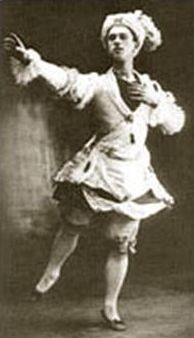 Great artists and all great performers, no matter how exquisite they already are at what they do, stay engaged in this kind of process throughout their lives.
Great artists and all great performers, no matter how exquisite they already are at what they do, stay engaged in this kind of process throughout their lives.
Models we can follow are some of the greatest artists and athletes, such as Pablo Picasso, Vaslav Nijinsky, Dick Fosbury, Michael Jordan, Martina Navratilova. While they were already remarkable masters at what they were doing, they never stopped experimenting, learning, and changing. They took advantage of the enormous capacity of the human brain to always move them to their next level of performance.
Try this 15-minute NeuroMovement video lesson to experience the Awareness Essential. Discover how to be “aware,” drawing upon the full faculties of your amazing brain.
Awareness is a unique human capacity that can catapult you to remarkable heights!
Anat Baniel
Related Resource
Baniel A. 2009. Move into Life: NeuroMovement for Lifelong Vitality. New York: Harmony Books

